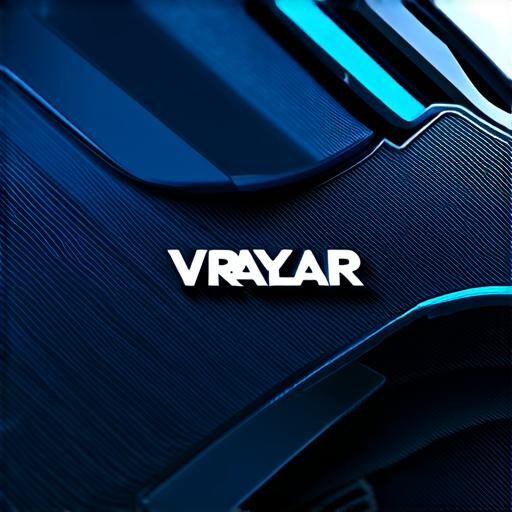Advantages of Vraylar Ownership

One of the main advantages of owning Vraylar hardware is the flexibility it provides in terms of what can be created. With VR headsets like the Vive Pro Eye and Oculus Quest 2, developers have access to a wide range of tools and software that allow them to create anything from simple 3D models to fully immersive environments.
In addition to the flexibility, owning Vraylar hardware also means that you have control over your environment. With a VR headset, you can create the exact environment you want for your users to experience, which can be especially useful in fields like education and training, where real-world scenarios may not always be practical or safe.
Disadvantages of Vraylar Ownership
While owning Vraylar hardware has its advantages, it also comes with some significant disadvantages that developers should be aware of before making a purchase. One of the biggest challenges is the cost of equipment and software. High-end VR headsets like the Vive Pro Eye and Oculus Quest 2 can cost upwards of $1,000, which may not be feasible for smaller studios or indie developers.
In addition to the cost, owning Vraylar hardware also means that you have a lot of responsibility on your hands. With great power comes great responsibility, as the saying goes, and this is especially true when it comes to VR ownership. Developers need to ensure that their experiences are safe, comfortable, and enjoyable for users.
Best Practices for Using Vraylar Effectively
To make the most of your Vraylar ownership, there are a few best practices that you should follow. First and foremost, always keep the user in mind. When creating a VR experience, you need to think about what will be enjoyable and engaging for the user. This means taking steps like designing intuitive controls, ensuring that the environment is comfortable and accessible, and providing clear instructions on how to use the experience effectively.
In addition to keeping the user in mind, developers should also pay close attention to the technical aspects of their experiences. This means making sure that the hardware and software are properly configured, conducting thorough testing before launching an experience, and being prepared for any potential issues that may arise. By following these best practices, you can create a safe, enjoyable, and effective VR experience for your users.
Real-Life Examples of Vraylar Ownership in Action
To illustrate the advantages and disadvantages of Vraylar ownership, let’s take a look at a few real-life examples from the world of virtual reality development. One great example is the use of VR in education and training. With VR headsets like the Oculus Quest 2, teachers can create fully immersive environments that allow students to experience real-world scenarios without leaving the classroom. This can be especially useful in fields like medicine and engineering, where hands-on experience is critical for learning and development.
Another example of Vraylar ownership in action is the use of VR in gaming and entertainment.
